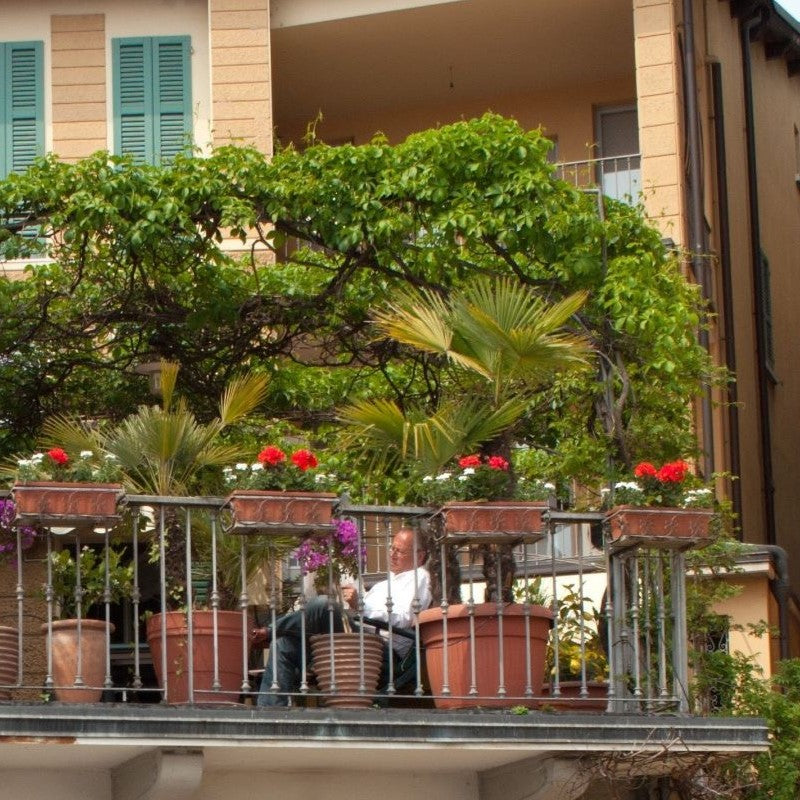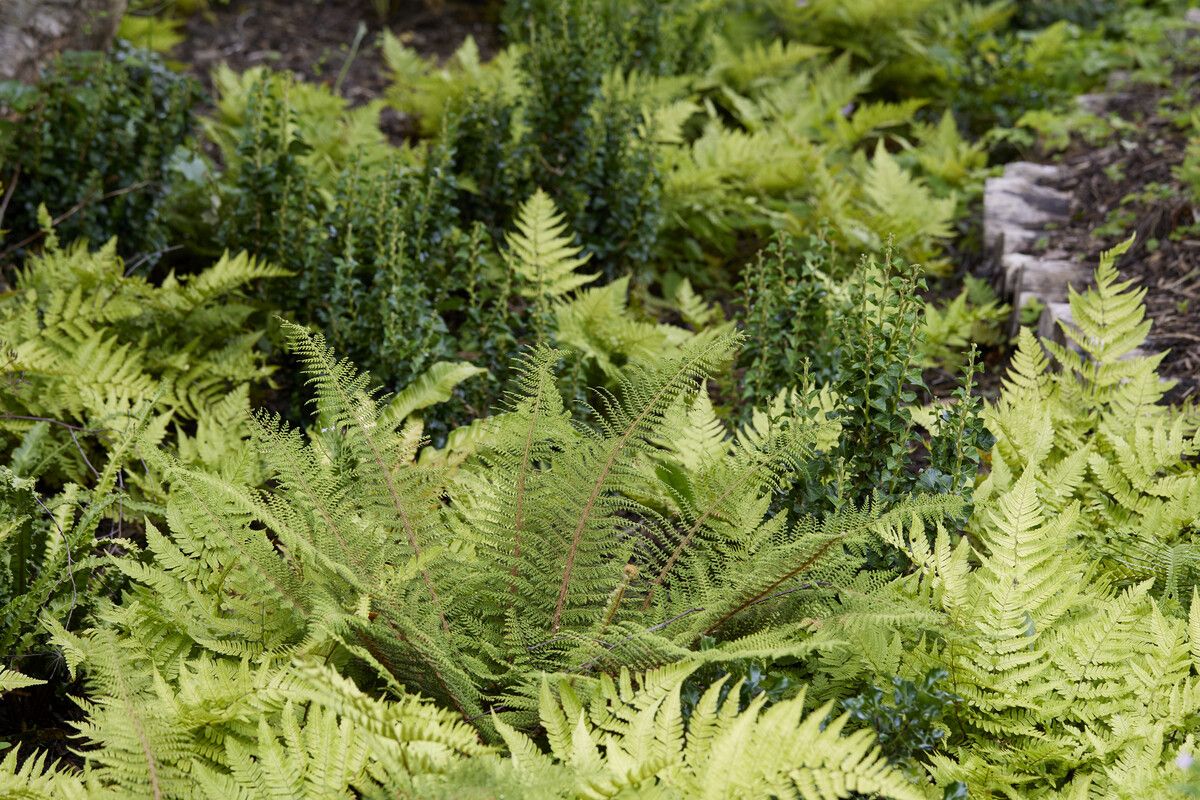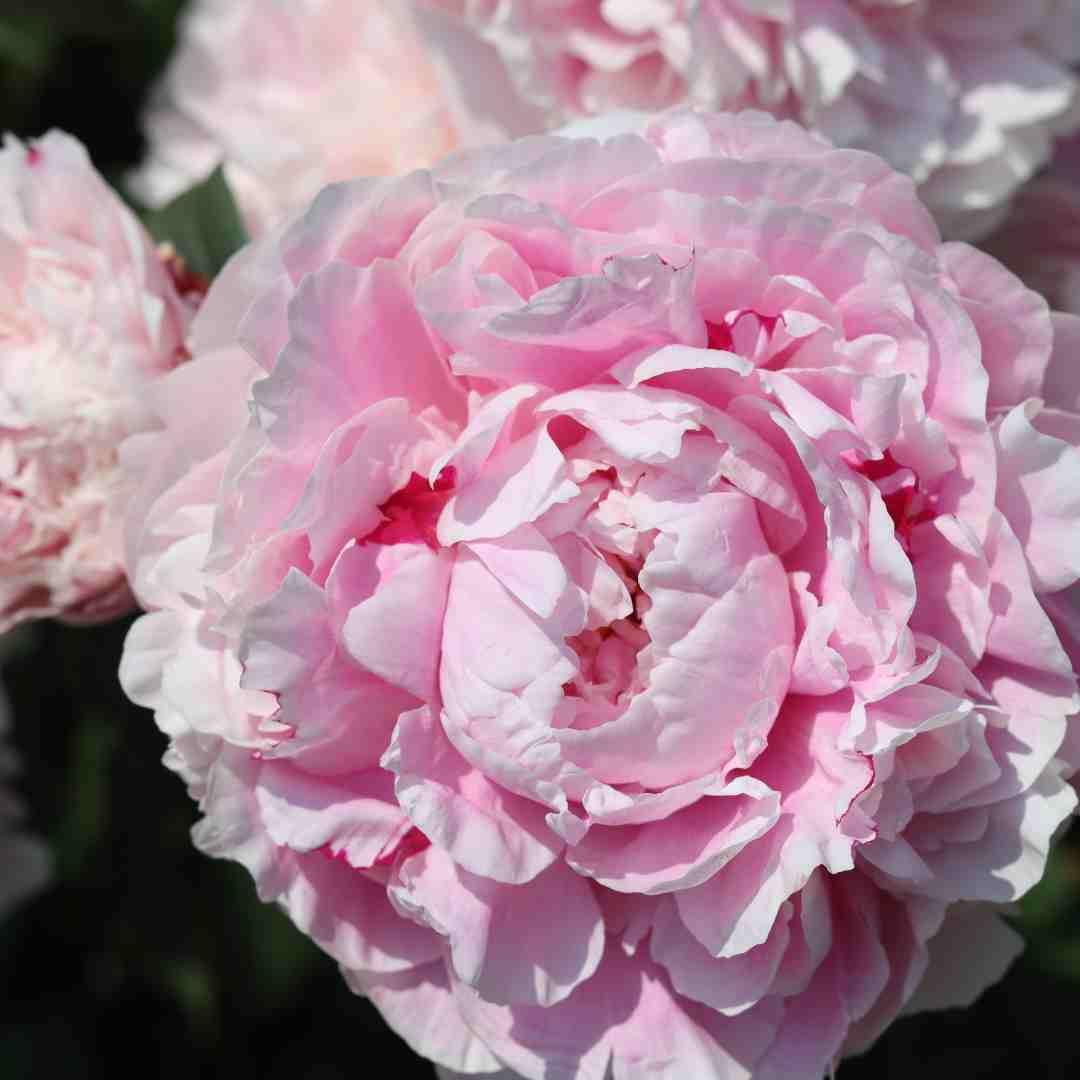Advice & Inspiration
How to Design a Flower Bed

When it comes to creating a flower bed, the hardest bit is knowing where to start. Blessed with all the breathtaking botanical variety of the natural world, it can feel like there is too much to choose from.
In this article we will give you all the information you need to consider when designing a flower bed.
Important things to consider when designing a flower bed:
- Growing conditions
- Spacing
- Surrounding plants and features
- Height and colour
- Flowering period
- Annuals or perennials
- Textures and foliage
1. Growing conditions
You've picked a spot in your garden to plant. The first thing you should do now before picking your plants is to work out the conditions of the spot.
Light intensity
How much light is the plant going it get? Different plants require different amounts of light and different soil types to grow. Does the spot you’ve chosen receive 6-8 hours of full sun a day? Or is it partially shaded by a tree? Once you’ve established this you can choose the right plants to thrive in that spot.
Soil type
Is the soil chalk, clay or sand? Nearly all plants need soil rich with organic matter, but some plants in particular are fussy about the types of soil it will grow in. Find out what type of soil is in your garden.
2. Spacing
You will want to have a rough idea of how much space you have to work with. This will determine what plants and how many you have room for. Be sure to check the eventual height and width of the plants you want to choose as they can grow to be very large.
3. Surrounding plants & features
It is important to think about the surroundings around which you are designing your flower bed. Are there trees, water features, pergolas, or buildings that you will be planting around? Does the styles, colours or heights, compliment or clash with these surroundings?
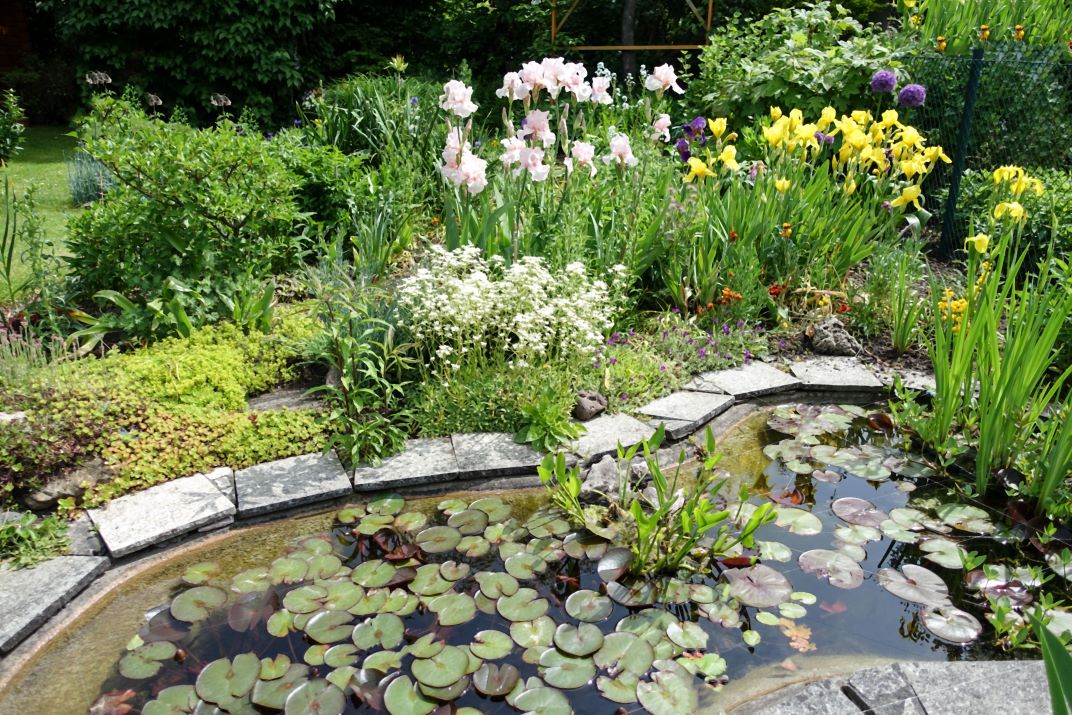
4. Desired height and colour
When it comes to aesthetics, the colour and height of the different plants are two of the most important factors to consider.
Colour
Will there be a theme or vibrant clashes in colour? This is all left to your creative preferences, but taking a moment to consider this before you get planting can give you the chance to create something truly fantastic.
Height
Naturally you will want your taller plants at the back and your smaller plants at the front. You can, however, mix it up a bit, creating a bed that uses height dynamically with many different levels.
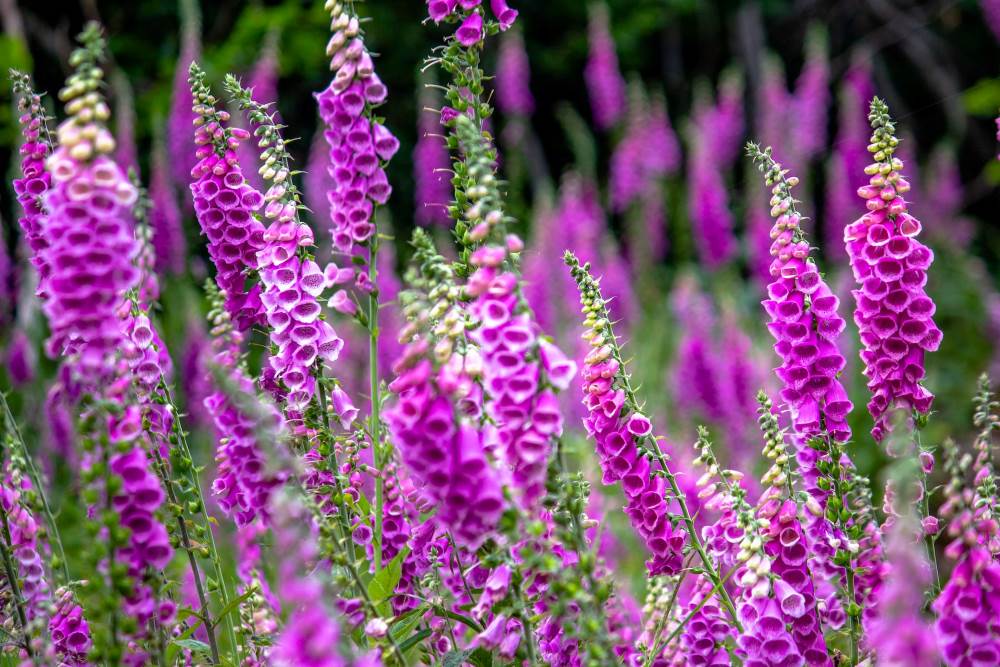
5. Desired flowering period
Not all plants flower at the same time, and therefore you have to select plants with this in mind. Are you going to create a bed that flowers intensely all at once? Or are you looking for some colour throughout the year?
6. Annuals or perennials?
Annuals
Popular bedding plants such as petunias or most geraniums are annuals–you plant them in spring, they flower in the summer and then die back in winter where you clear them away ready for next spring.
Perennials
Perennials on the other hand live through the winter and come back every growing season with new flowers. This is an important consideration to have in mind when you are selecting plants for your bed. You may want to pick several perennial plants and make these main features around which you can have a number of really spectacular, interchangeable annuals.

7. Textures and foliage
When most people think about flower beds they think of just one thing – flowers. But the truth is there can be so much more. Now gardening trends have moved on to incorporate fantastic foliage with a wide range of different textures. Hostas, ferns and ornamental grasses can all be used to offer an inspiring herbaceous canvas on which your flowers will make a massive impact.
